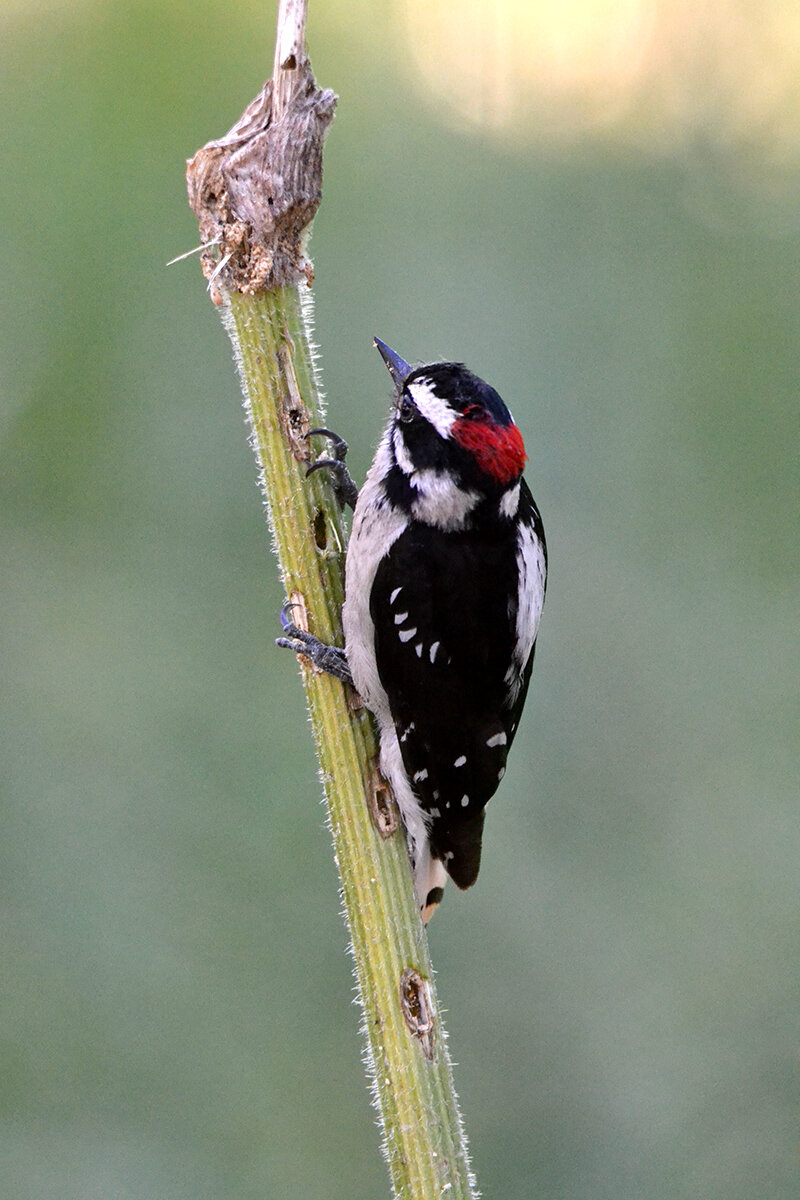As I walk into the arboretum at the White Oak Pavilion, I am greeted by the sounds of falling acorns. Acorns are a sturdy nut with some gravity as they fall. As they drop through the tree, I can hear them brushing against the oak leaves. They bounce off the ground with a hearty thud or strike the metal roof of the pavilion with a resounding pop. I have had a couple come close to thumping me on the head as I went underneath one of the oaks. Hopefully my hat will lessen the blow.
Accompanying the orchestra of falling acorns is the shook shook shook shook vocalization of the Steller’s jay. They are busily selecting acorns and caching them for the winter. They will usually make a small hole in the ground and tuck the acorn inside by pounding on it a few times. Afterwards they will cover it with debris, such as leaves or sticks. Obviously they try to be discreet when stashing their food. If they feel that they were seen while hiding their food, they will return to retrieve and relocate it. This behavior has happened with me as I have attempted to photograph them burying an acorn.
In David Sibley’s book What It’s Like To Be A Bird he has this fascinating detail about acorns and nutrition: “One significant challenge of eating acorns is that they have high levels of tannins, which bind with proteins and makes them unavailable. Acorns are high in fat and carbohydrates, but, eating acorns alone, jays lose weight rapidly because tannins lock up more protein than the birds get from the acorns. If a bird has access to other sources of protein—enough to make up for what the tannins remove—then acorns in moderation can be a valuable part of the diet.”
Nature is an inexhaustible source of wonder. Hope to see you out there.
Sibley, David Allen. What It’s Like To Be A Bird. New York, Knopf, 2020.














































































